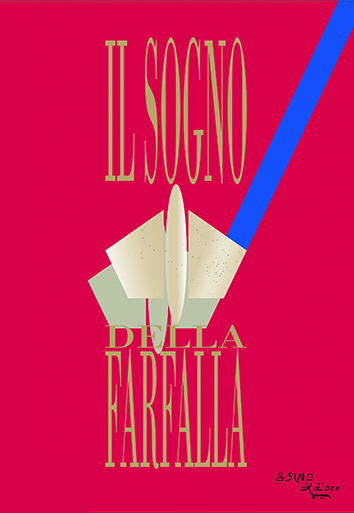La scotomizzazione. Percorso storico di un’intuizione
Abstract
The term “scotomisation” and its use in French cultural and scientific milieu at the beginning of the 20th century is shown in two articles by René Laforgue in 1926 (Verdrängung und Skotomisation and Über Skotomisation in der Schizophrenie), published in German and here, for the first time, in an Italian translation. By this term, Laforgue refers to the fundamental disorder of numerous neuroses and particularly of schizophrenic psychosis. He maintains that, during the period of weaning, the child is unable to carry out the normal act of repression i.e. the physiological transition from the captative to the oblative attitude. Owing to the failure of repression, the child does not give up his claim to the possession of his mother and does not accept her as different from himself. He now refers his libido to his own organism, compensates the unsuccessful separation with narcissism, scotomises his surroundings (father, mother, environment), and obtains the illusion that, from now on, no object exists outside himself. Scotomisation, therefore, is for Laforgue, the basis of the organisation of indifference in schizophrenic patients. Although scotomisation is an interesting subject in the research of the various types of pychosis and their treatment, Freud’s views were extremely critical. He refused to consider it as an original cause, resorting to terms like repression (Verdrängung), disavowel (Verleugnung), repudiation (Verwerfung), depending on the situation. Unlike Freud, Federn considered it as the result of the split of the ego and at the basis of schizoidia, while Lacan uses it for elaborating the subject of foreclosure. Nevertheless, the idea of scotomisation had no future and was eventually forgotten.


